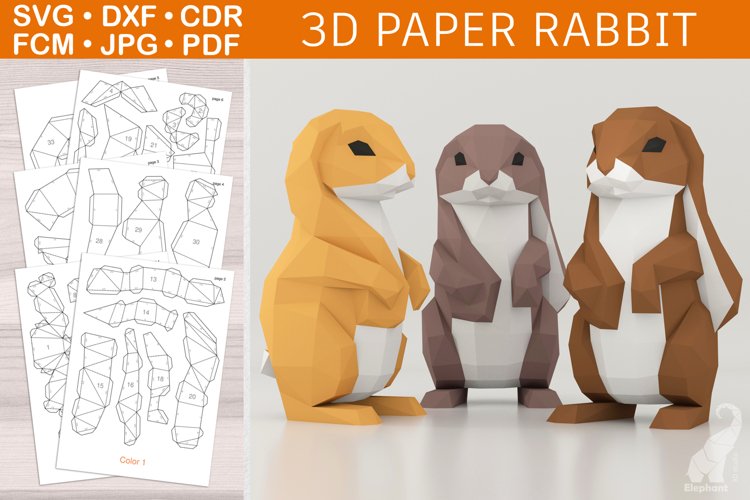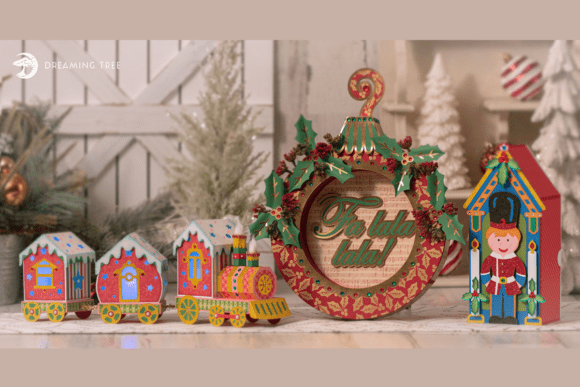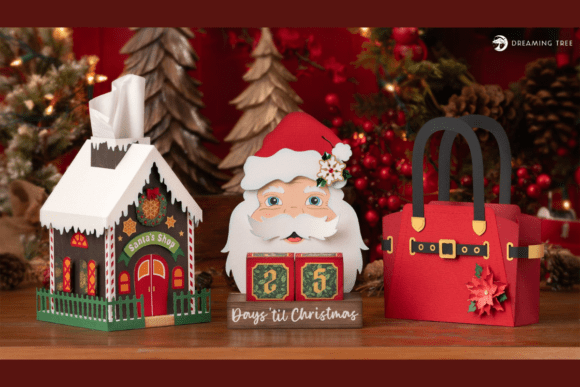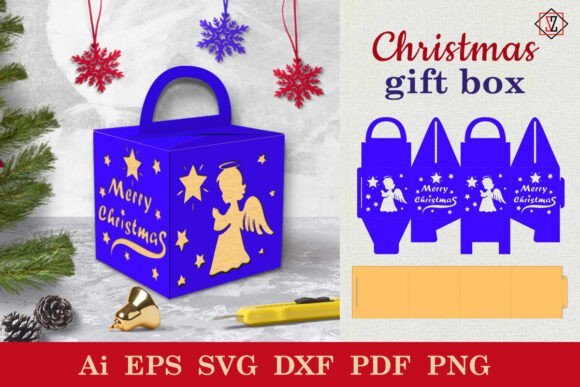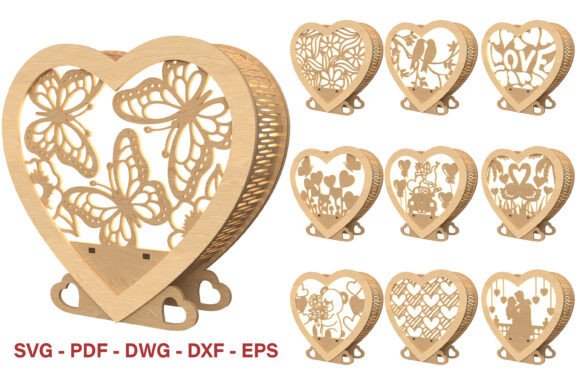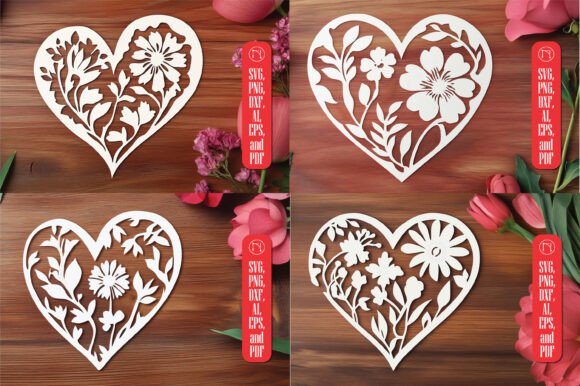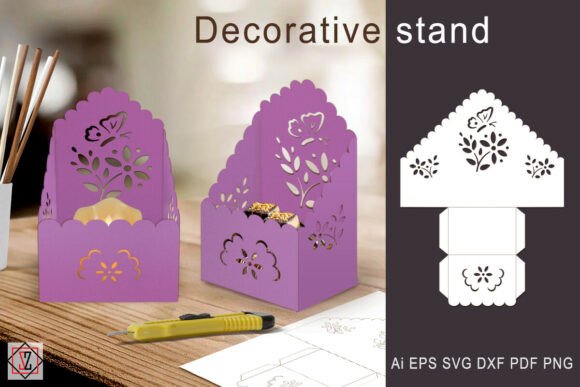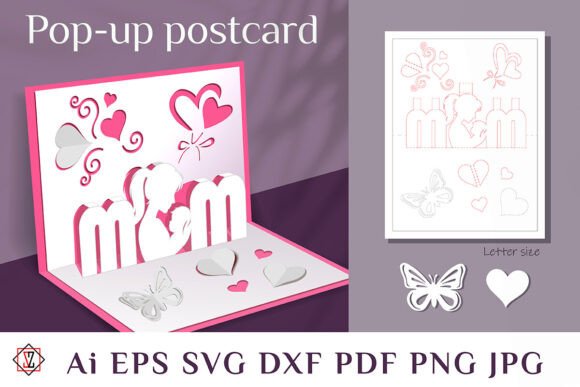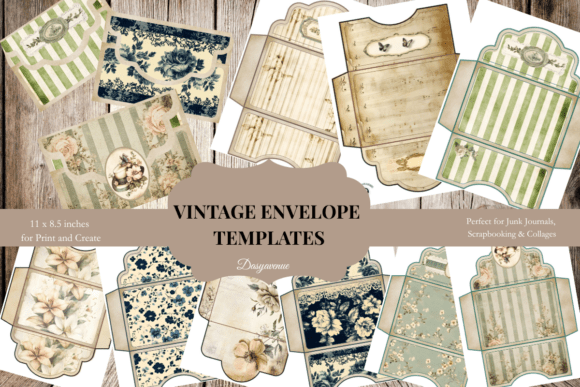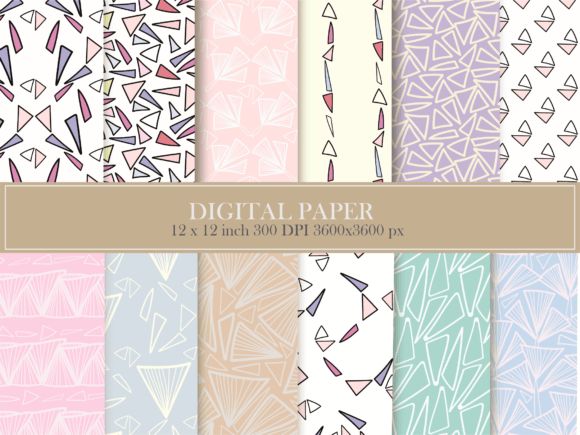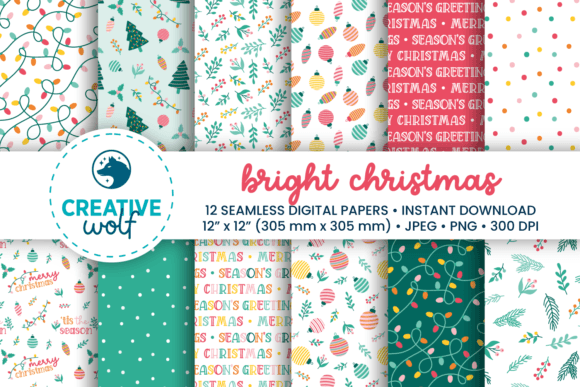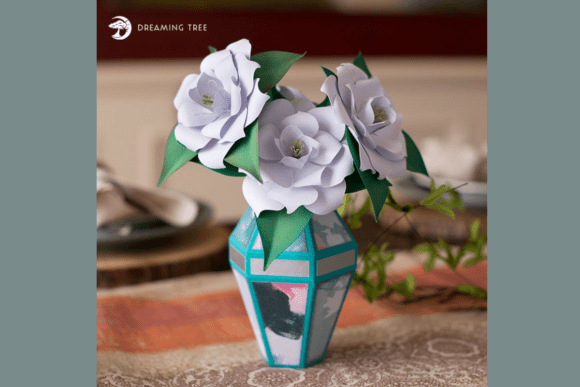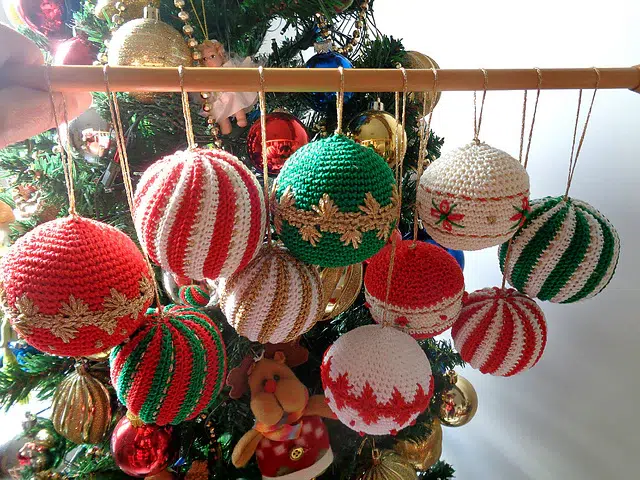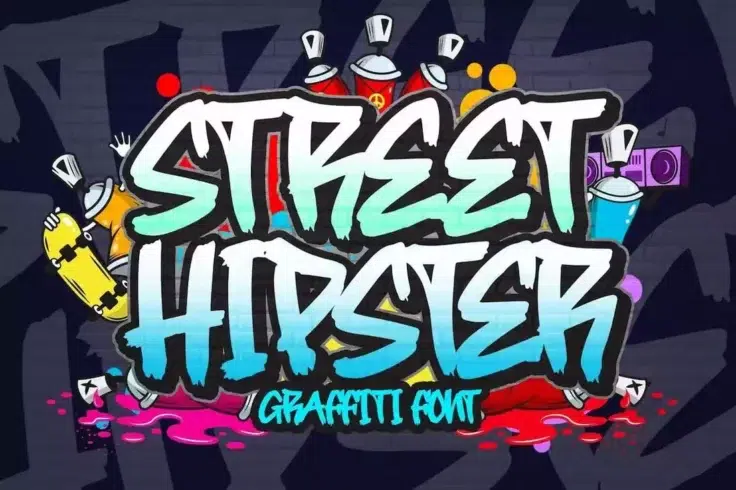Ever stared at a blank sheet of paper and wondered what magic you could create? Well, you’re about to discover a world where ordinary paper transforms into extraordinary art—and it won’t cost you a dime!
The Paper Revolution That’s Taking Over Creative Spaces Everywhere
Look, I’ll be honest with you. When I first stumbled upon papercraft templates, I thought it was just kid’s stuff—you know, something to keep the little ones busy on rainy afternoons. Boy, was I wrong! This creative movement has exploded into a full-blown artistic revolution, with designers, hobbyists, and even professional artists jumping on the bandwagon.
The beauty of free and customizable papercraft templates lies in their accessibility. You don’t need fancy equipment, expensive materials, or years of training. All you need is a printer, some paper, scissors, glue, and a dash of patience. It’s democratized creativity in ways we couldn’t have imagined a decade ago. According to research from the Craft & Hobby Association, paper crafting has seen a 23% increase in participation over the past five years, proving this isn’t just a passing fad.
What’s really mind-blowing is the sheer variety available. From intricate architectural models to adorable animal figures, from seasonal decorations to functional organizers—the possibilities are literally endless. And here’s the kicker: most of these templates are absolutely free! Designers worldwide are sharing their creations, building communities, and inspiring others to pick up scissors and start creating.
Why Papercraft Templates Are the Perfect Creative Outlet
They’re Ridiculously Budget-Friendly
Let’s talk money, shall we? Traditional hobbies can drain your wallet faster than you can say “retail therapy.” Painting requires canvases, brushes, and paints. Woodworking demands tools that cost more than some people’s monthly rent. But papercraft? You’re looking at pennies per project.
Most free and customizable papercraft templates can be printed on regular printer paper or cardstock—materials you probably already have lying around. Even if you’re starting from scratch, a pack of quality cardstock and some decent craft glue will set you back less than what you’d spend on a couple of fancy coffees. It’s creativity without the guilt trip your bank account usually gives you.
The Therapeutic Benefits Are Real
Here’s something they don’t tell you in those fancy wellness magazines: folding paper can seriously calm your mind. There’s actual science backing this up! Studies published in the Journal of Mental Health have shown that engaging in hands-on creative activities reduces cortisol levels and improves overall mental wellbeing. The repetitive motions, the focus required, the satisfaction of seeing something take shape—it all contributes to a meditative state that’s honestly addictive in the best way possible.
When you’re concentrating on cutting precise lines or folding along scored edges, your brain takes a break from the endless worry-loop it usually runs. Anxiety? Takes a backseat. Stress? Gets left at the door. It’s like meditation, but with tangible results you can actually display on your shelf.
Where to Find the Best Free and Customizable Papercraft Templates
Top-Tier Websites That Won’t Cost You a Penny
Alright, let’s get down to brass tacks. Where do you actually find these magical templates? I’ve scoured the internet—so you don’t have to—and here are the goldmines:
- Canon Creative Park – This is the mother lode, folks. Canon’s template collection is absolutely massive, featuring everything from simple greeting cards to complex architectural replicas. They’ve got categories for kids, adults, holidays, animals, and more. Best part? It’s all completely free.
- Paper Replika – If you’re into vehicles, buildings, and more complex designs, this is your playground. The community here is incredibly active and supportive.
- Papermau – A blog-style site that curates papercraft from around the web. It’s like having a personal assistant who finds the best templates daily.
- Yamaha Paper Crafts – Yes, the motorcycle company! They’ve got an incredible selection of vehicle templates that’ll blow your mind.
- Teachers Pay Teachers – While primarily educational, there’s a treasure trove of free papercraft templates perfect for beginners and kids.
The beauty of these platforms is that they’re constantly updated with new designs. You’ll never run out of projects, which can be both exciting and slightly overwhelming—but hey, that’s a good problem to have!
Social Media Communities Worth Following
Don’t sleep on social media for papercraft inspiration! Instagram and Pinterest are absolutely bursting with talented creators sharing their templates. Pinterest research shows that craft-related searches have increased by 85% year-over-year, making it one of the fastest-growing categories on the platform.
Facebook groups like “Papercraft Templates” and “Low Poly Papercraft” have thousands of members sharing tips, templates, and finished projects. It’s like having a global crafting circle right at your fingertips. Plus, seeing other people’s creations will inspire you to tackle projects you never thought possible.
Choosing the Right Templates for Your Skill Level
Beginner-Friendly Projects That Won’t Frustrate You
Starting out with papercraft can feel intimidating—I get it. You see these intricate models online and think, “There’s no way I can do that.” But here’s the secret: everyone starts somewhere, and there are plenty of templates designed specifically for beginners.
Look for templates with fewer pieces (under 20 is a good starting point), larger components, and simple geometric shapes. Animals with minimal details, basic gift boxes, and simple holiday decorations are perfect first projects. Trust me, the satisfaction of completing your first project—even if it’s a bit wobbly—will hook you for life.
Color-coded templates are your best friend when you’re learning. They help you understand which pieces connect where, reducing confusion and mistakes. Many designers specifically note difficulty levels, so pay attention to those ratings. Starting with “easy” or “beginner” templates isn’t cheating—it’s smart strategy.
Intermediate Challenges That’ll Level Up Your Skills
Once you’ve got a few projects under your belt, it’s time to stretch those creative muscles. Intermediate templates typically feature more pieces, smaller components, and slightly more complex assembly instructions. This is where things get really fun because you’re creating models with genuine detail and character.
At this level, you might tackle low-poly geometric sculptures, detailed animal heads for wall mounting, or functional items like pencil holders with decorative elements. The construction time increases—we’re talking several hours instead of one—but so does the “wow factor” of your finished piece.
Customizing Templates to Make Them Uniquely Yours
Digital Editing Made Simple
Here’s where things get exciting! Most free and customizable papercraft templates come in PDF format, but many designers also release them as editable files. With basic software like Adobe Illustrator, Inkscape (which is free!), or even PowerPoint, you can modify colors, add patterns, or change sizes.
Want that cute fox in your favorite shade of purple instead of orange? Go for it! Feel like adding polka dots to that geometric lampshade? Why not? The customization options are limited only by your imagination and technical skills—and honestly, the learning curve isn’t steep. Tutorials on platforms like Skillshare can teach you the basics in under an hour.
Scaling is another superpower you’ll want to master. That adorable elephant template might be designed at 6 inches tall, but you can scale it up to 12 inches or down to 3 inches depending on your needs. Just remember: larger prints mean thicker paper and potentially more patience required during assembly.
Physical Customization Techniques
Not into digital editing? No problem! You can customize your finished pieces in countless ways. Paint markers, acrylic paints, glitter, fabric additions, LED lights—the sky’s the limit. I’ve seen people create absolutely stunning mixed-media pieces by combining papercraft with embroidery, wood elements, or even metallic accents.
One of my favorite tricks is using different paper types for various effects. Metallic cardstock adds shimmer, textured paper creates interest, and vellum produces a translucent, ethereal quality. Mixing papers within a single project can elevate your creation from “that’s nice” to “where did you buy that?!”
Essential Tools and Materials for Papercraft Success
The Basic Toolkit Every Crafter Needs
Let’s talk gear. You don’t need much, but having the right tools makes the process smoother and more enjoyable. Here’s what I recommend:
- Craft knife with fresh blades – Way more precise than scissors for detailed cutting
- Self-healing cutting mat – Protects your surfaces and gives you measuring guides
- Metal ruler – For straight edges and scoring
- Bone folder – Creates crisp, professional-looking folds
- Quality scissors – For larger cuts and general use
- Glue stick and craft glue – Different adhesives for different applications
- Tweezers – For handling small pieces and precise glue application
- Scoring tool – Makes folding so much easier and cleaner
The total investment? Probably around $30-40 for quality tools that’ll last years. According to The Spruce Crafts, having proper tools reduces project time by up to 40% and significantly improves finished quality.
Paper Selection: It Actually Matters
Not all paper is created equal, folks. Regular printer paper works fine for simple projects, but once you start tackling more complex designs, you’ll want to upgrade. Cardstock in the 65-80 lb range hits the sweet spot—sturdy enough to hold shape but not so thick you can’t fold it properly.
For large pieces or structural components, go heavier (110 lb). For delicate details or parts with multiple folds, lighter weight (50-60 lb) makes life easier. Specialty papers like watercolor paper, kraft paper, or patterned scrapbook paper can add unique textures and finishes to your projects.
Common Mistakes to Avoid (Learn from My Disasters!)
Rushing the Cutting Process
Oh boy, have I learned this lesson the hard way! There’s nothing more heartbreaking than spending hours assembling a project only to realize you cut a piece wrong at the beginning. Speed kills in papercraft—or at least it kills your project and your enthusiasm.
Take your time with cutting. Follow the lines precisely. Use a sharp blade. Check twice, cut once. These aren’t just clichés; they’re the difference between a professional-looking result and a wonky mess. Put on some music, pour yourself a beverage, and embrace the zen of careful cutting. Your finished project will thank you.
Also, don’t forget about tabs! Those little flaps are there for a reason—they’re your gluing surfaces. Accidentally cutting them off means you’ll have to improvise connection methods, which usually looks less polished. Mark your tabs if you’re worried about accidentally removing them.
Skipping Test Prints and Planning
Here’s a pro tip that’ll save you frustration: always do a test print first, especially if you’re working with a new template or expensive paper. Print on cheap paper, assemble the challenging sections, and identify potential problems before committing to your good materials.
Planning your assembly order matters too. Some pieces need to be glued before others, and figuring that out mid-project when you’re stuck is no fun. Many templates include assembly instructions—read them! All of them! Before you start! I know, I know, who reads instructions? But trust me on this one.
Creative Project Ideas Using Free Papercraft Templates
Home Decor That’ll Impress Your Guests
Let’s get real—free and customizable papercraft templates can create home decor that looks expensive and designer-y. Low-poly animal heads mounted on walls have become incredibly trendy, and you can make them for under $10. Geometric lampshades? Totally doable. Seasonal decorations that you swap out throughout the year? Say goodbye to storage problems and hello to affordable style.
I’ve created an entire gallery wall using framed papercraft in shadow boxes. People assume I spent hundreds at fancy boutiques, but the reality? Maybe $50 total, including frames from discount stores. The compliments are priceless, and the pride of saying “I made that!” never gets old.
Educational Projects for Kids (That Adults Will Love Too)
Parents and teachers, listen up! Papercraft is an incredible educational tool that sneaks learning into fun. Geometric shapes teach spatial reasoning and math concepts. Historical buildings introduce architecture and history. Animal models spark curiosity about biology and nature.
The best part? Kids are so engaged they don’t realize they’re learning. My nephew spent an entire afternoon building a paper solar system, asking questions about planets, distances, and space travel the whole time. That’s engagement you can’t buy with flashcards and worksheets.
Troubleshooting Tips When Things Go Wrong
Fixing Assembly Mistakes
Made a mistake? Don’t panic! Most errors are fixable. Glued something wrong? Carefully slide a craft knife blade between the pieces while the glue is still wet. Already dried? A bit of heat from a hairdryer can soften many glues enough to separate pieces without tearing paper.
Torn a piece? Clear tape on the back can reinforce it invisibly. Crumpled a section? A warm iron on low heat (with a protective cloth!) can smooth out wrinkles. Lost a piece? Many designers include extra copies of commonly lost parts, or you can reprint just that page.
Warping and Structural Issues
If your finished project is warping or not holding shape, it’s usually a paper or adhesive issue. Too much liquid glue causes warping—use less and apply it more precisely. Paper too thin? Reinforce with doubled layers or upgrade your materials next time.
For large projects that need internal support, don’t be afraid to add hidden bracing. Wooden skewers, wire, or even tightly rolled paper tubes can provide structure without being visible. Professional model makers use these techniques all the time.
The Environmental Angle: Eco-Friendly Crafting
Sustainable Materials and Practices
Here’s something awesome: papercraft is actually pretty eco-friendly when done consciously. Use recycled paper whenever possible. Print double-sided when templates allow it. Save scraps for future projects—those odd-shaped leftovers are perfect for mixed-media collages or filler elements.
According to environmental studies from the EPA, paper products account for significant recyclable waste, but repurposing materials through crafting extends their useful life and reduces landfill burden. By choosing free and customizable papercraft templates, you’re also avoiding the packaging and shipping associated with store-bought decorations.
Teaching Kids About Sustainability Through Crafting
Use papercraft as an opportunity to discuss environmental responsibility with younger crafters. Talk about where paper comes from, how recycling works, and why we should avoid waste. Let them see how something destined for the recycling bin can become art instead.
Create projects using old magazines, newspapers, or cardboard boxes. Not only does this teach resourcefulness, but it also creates unique textures and looks you can’t get with pristine cardstock. Some of my favorite pieces have that perfectly imperfect quality that comes from upcycled materials.
Advanced Techniques for Serious Crafters
Combining Papercraft with Other Media
Once you’ve mastered basic papercraft, the real creativity begins. Try combining paper elements with wood, fabric, or metal components. Add LED lights inside lantern designs. Incorporate paper flowers into wreaths made from natural materials. Use papercraft elements in scrapbooking or card-making.
Mixed-media approaches create depth and interest that pure papercraft sometimes lacks. A geometric paper sculpture mounted on weathered wood with accent lighting? That’s gallery-worthy, my friend. The possibilities expand exponentially when you stop seeing papercraft as a standalone medium and start viewing it as one tool in your creative arsenal.
Creating Your Own Templates
Ready to go pro? Design your own templates! Software like Pepakura Designer can convert 3D models into flat patterns. Alternatively, programs like Adobe Illustrator allow you to create patterns from scratch. The learning curve is real, but so is the satisfaction of creating something entirely original.
Start by modifying existing templates to understand how pieces connect and fold. Then experiment with simple geometric shapes before tackling complex organic forms. Join designer communities where experienced creators share tips and provide feedback. Who knows? Your templates might become someone else’s favorite free download!
Monetizing Your Papercraft Hobby (If That’s Your Thing)
Turning Passion into Profit
Not everyone wants to monetize their hobbies, and that’s perfectly fine! But if you’re interested, papercraft offers several income opportunities. Sell finished pieces on Etsy, at craft fairs, or through local boutiques. Create and sell your own template designs. Offer custom work for events like weddings or corporate functions.
According to statistics from Etsy, handmade paper goods represent a growing market segment with strong demand. The key is finding your niche—maybe you’re amazing at creating corporate decor, or perhaps your wedding papercraft is top-notch. Focus your efforts where your skills and market demand intersect.
Building an Online Presence
If you’re serious about sharing (or selling) your work, establish an online presence. Instagram and Pinterest are natural fits for visual crafts. Start a blog documenting your projects. Create YouTube tutorials showing your process. These platforms not only help you connect with customers but also with a community of fellow crafters.
Consistency matters more than perfection. Post regularly, engage with followers, and participate in broader crafting conversations. The papercraft community is welcoming and supportive—you’ll make genuine connections while building your brand.
Wrapping It All Up: Your Papercraft Journey Starts Now
So here we are at the end of our deep dive into the world of free and customizable papercraft templates. If you’ve made it this far, you’re clearly serious about exploring this creative outlet—and I’m genuinely excited for you!
The beauty of papercraft lies in its accessibility. You don’t need to be naturally artistic, incredibly patient, or independently wealthy. You just need curiosity, a printer, and willingness to give it a shot. Yeah, your first project might be a bit wonky. Your cuts might not be perfectly straight. But you’ll have created something with your own hands, and that feeling? It’s addictive.
Remember, every expert was once a beginner who didn’t quit. Start with simple projects, gradually challenge yourself, and don’t be afraid to experiment. Join communities, share your work (even the “failures”—we all have them!), and celebrate the process as much as the results. The papercraft journey is as rewarding as the destinations.
Now stop reading and start creating! Those templates aren’t going to build themselves. Your creative adventure awaits, and I promise you—it’s going to be more fun than you ever imagined. Happy crafting, friend!
Frequently Asked Questions About Papercraft Templates
What’s the best paper weight for papercraft projects?
For most projects, 65-80 lb cardstock hits the sweet spot. It’s sturdy enough to hold shape but flexible enough for folding. Go heavier (110 lb) for structural pieces and lighter (50-60 lb) for delicate areas with multiple folds.
Can I sell items made from free templates?
This depends entirely on the template’s license. Some designers allow commercial use of their free templates, while others restrict them to personal projects only. Always check the usage terms before selling finished pieces. When in doubt, contact the designer directly.
How long does a typical papercraft project take?
It varies wildly! Simple projects might take 30 minutes to an hour, while complex models can require 10-20 hours spread across several days. Don’t rush—enjoying the process is half the point.
Do I need special software to customize templates?
Not necessarily. Basic customization (changing colors, resizing) can be done with free programs like Inkscape or even Microsoft PowerPoint. For advanced editing, Adobe Illustrator is the industry standard but requires a subscription.
What’s the best glue for papercraft?
Most crafters use a combination: glue sticks for large, flat areas and craft glue (like Aleene’s Tacky Glue) for precise applications and structural joins. Avoid super glue—it’s too strong, dries too fast, and can damage paper.
Are papercraft templates only for kids?
Absolutely not! While there are plenty of child-friendly templates, papercraft has become a serious artistic medium with incredibly complex adult-oriented designs. Many professional artists and designers use papercraft in their work.
How do I store finished papercraft pieces?
Keep them away from direct sunlight to prevent fading. Dust them gently with a soft brush or low-power vacuum. For valuable pieces, consider display cases. Avoid humid environments which can cause warping.
Can I scale templates to different sizes?
Yes! Most templates can be scaled during printing. Just remember that larger prints might require thicker paper for structural integrity, while smaller prints become more delicate and require more precision during cutting and assembly.

